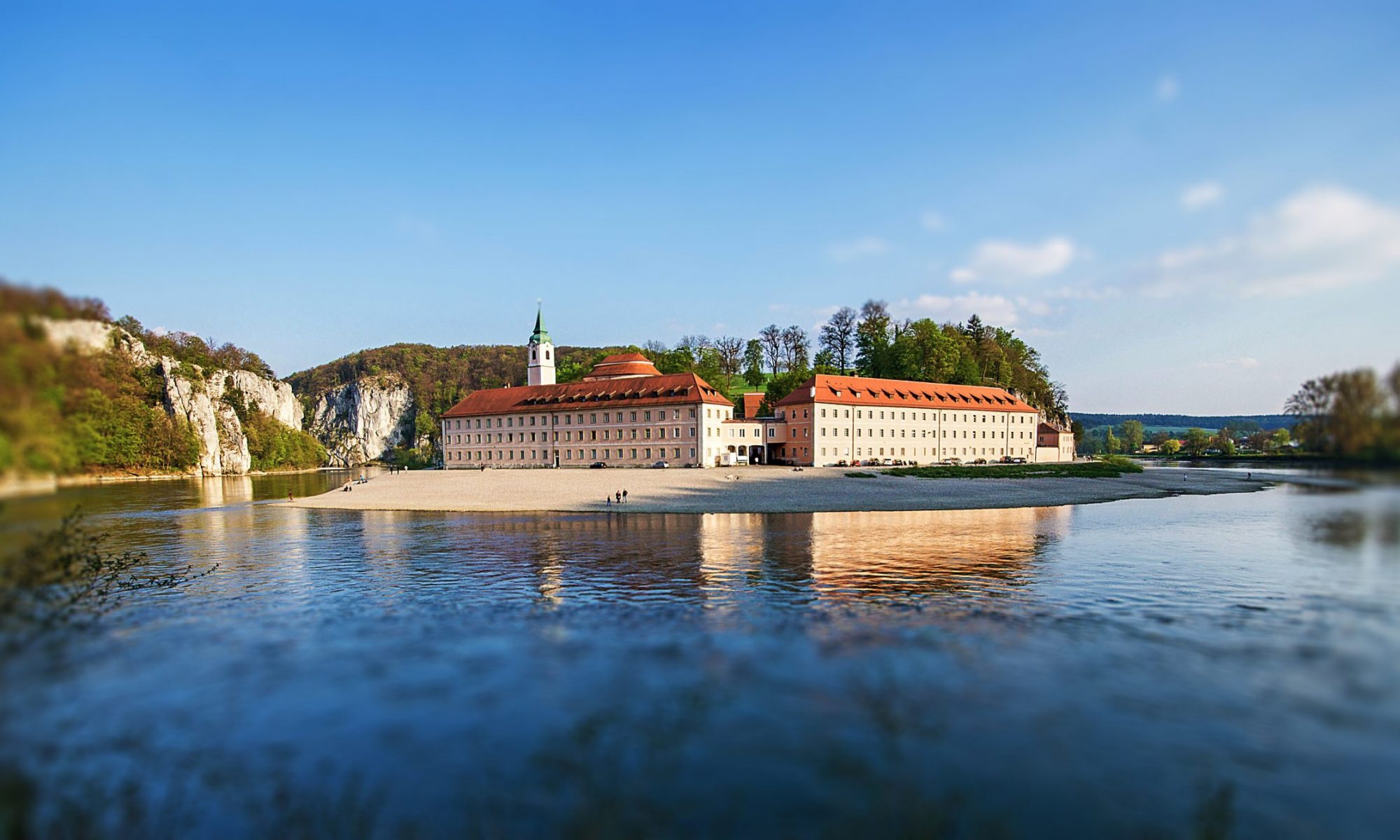Search for god
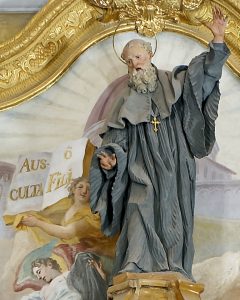 Since about 740 the Rule of St. Benedict the guideline that regulates and determines the life of the monks in Weltenburg. Their origins lie in the 6th century. Despite its age of almost 1500 years, its essential statements are still valid and up-to-date today. This rule is the result of a long monastic tradition, but also of a very personal spiritual experience. The author draws on the monastic sources of both the west and the east and thus creates a summary, a sort of compendium of monastic life, which became the most important monastic rule in the western church in the Middle Ages.
Since about 740 the Rule of St. Benedict the guideline that regulates and determines the life of the monks in Weltenburg. Their origins lie in the 6th century. Despite its age of almost 1500 years, its essential statements are still valid and up-to-date today. This rule is the result of a long monastic tradition, but also of a very personal spiritual experience. The author draws on the monastic sources of both the west and the east and thus creates a summary, a sort of compendium of monastic life, which became the most important monastic rule in the western church in the Middle Ages.
St. Benedict mentions as the main criterion for the admission of a newcomer to the monastery: “One carefully observes whether one is really seeking God” (RB 58). “Seeking God” is the meaning and goal of life as a monk in general. God is the focus. Everything is geared towards him. From this orientation alone, a monastery and its way of life are understandable and comprehensible.
life in community
The monk does not set out on the path of searching for God alone, but is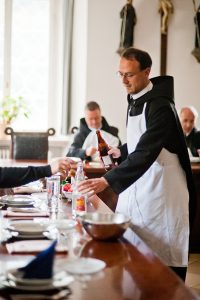 called by God into a community of brothers in which God’s redeeming love can become visible and effective. Benedictine life is essentially community life. The monk commits himself to a specific community living in a specific place for life. From this derives the stabilitas loci (permanence in place), which is considered a typical feature of the Benedictines. The autonomy and independence of the respective monastery also follows from this permanent location. It has to keep itself alive both personally and economically.
called by God into a community of brothers in which God’s redeeming love can become visible and effective. Benedictine life is essentially community life. The monk commits himself to a specific community living in a specific place for life. From this derives the stabilitas loci (permanence in place), which is considered a typical feature of the Benedictines. The autonomy and independence of the respective monastery also follows from this permanent location. It has to keep itself alive both personally and economically.
The office of governing a Benedictine community is in the hands of the abbot. He is elected by the monastic community for an indefinite period. He has the task of leading those entrusted to him to perceive Christ, the Lord, in their midst, to recognize and to fulfill his will. “Faith sees in the abbot the vicar of Christ in the monastery” (RB 2).
The daily life
In addition to the most important criterion for the authenticity of a monastic life vocation, the search for God, St. Benedict named “zeal for worship” as another characteristic. Therefore, the solemn choral prayer and the celebration of the liturgy are at the center of monastic life. Since according to the instruction of St. Benedict nothing should be preferred to the service, the whole daily routine is based on the prayer times. They give him a fixed rhythm. In addition, personal prayer such as lectio divina (Bible reading), meditation and contemplation must have their place in the monk’s daily routine.
daily routine
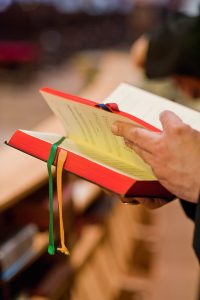 Wake up
Wake up
Vigil and Lauds, followed by personal reflection
Eucharist, followed by breakfast
working hours
midday shore
Having lunch
working hours
Spiritual Reading — Lectio divina
vespers
Dinner, recreation together
complete
Silent Adoration and Rosary
night rest
working area
A Benedictine monastery is a prayer community and at the same time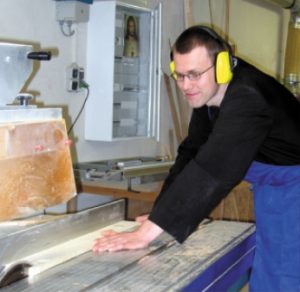
a working community. The Benedictines were not founded for a specific purpose or activity. The Rule of Benedict basically says about work: “Only then are they real monks when they live by the work of their hands” (RB 48). The fields of activity and work arise from the needs of the community, namely to secure their livelihood, as well as from the requirements that the environment brings to the monastery.
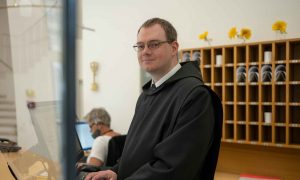
St. Benedict applies hospitality to his monks in a special way. “Christ is worshiped in the guests, who is really received in them” (RB 53). The St. Georg guest house serves this purpose. It offers accommodation for approx. 100 people in single and double rooms, which are modernly equipped with a shower and toilet. Appropriate conference rooms are also available. The guest house is involved with a series of seminars in the field of Catholic adult education. In addition, retreats and days of reflection are offered. In addition, Haus St. Georg is open to guest courses and conferences by making the facilities available to associations, groups, clubs, etc. with their own programs. The abbey guest house also welcomes individuals, families or small groups looking for a place of quiet, reflection and religious deepening.
Benedictine hospitality in a broader sense also applies to the many thousands of visitors who come to Weltenburg every year because of its scenic location and its famous monastery church. It is a pastoral task to convey the message of the Christian faith in the church tours through architecture and art.
The monastery brewery and the monastery tavern take care of the physical well-being of the tourists. The brewery is leased. It has existed since 1050 and is considered the oldest monastery brewery in the world. In the monastery shop, visitors will find a wide range of books, religious art and travel souvenirs.
A large amount of work also requires the care and management of the large house. In this the monks are supported by secular employees. A large farm, Buchof, 2 km from the monastery, was always connected to the monastery. He now specializes in farming and fattening pigs.
